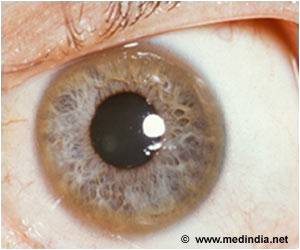While Parkinson's disease is strongly linked to the degeneration of the brain's movement center, tracing the origin of the disease led researchers to a different part of the human anatomy.

Researchers at Lund University have previously mapped the spread of Parkinson's in the brain. The disease progression is believed to be driven by a misfolded protein that clumps together and "infects" neighboring cells. Professor Jia-Yi Li's research team has now been able to track this process further, from the gut to the brain in rat models. The experiment shows how the toxic protein, alpha-synuclein, is transported from one cell to another before ultimately reaching the brain's movement center, giving rise to the characteristic movement disorders in Parkinson's disease.
"We have now been able to prove that the disease process actually can travel from the peripheral nervous system to the central nervous system, in this case from the wall of the gut to the brain. In the longer term, this may give us new therapeutic targets to try to slow or stop the disease at an earlier stage", says Professor Jia-Yi Li, research group leader for Neural Plasticity and Repair at Lund University.
The research team will now carry out further studies in which the mechanisms behind the transport of the harmful protein will be examined in detail. The current study suggests that the protein is transferred during nerve cell communication. It is at this point of interaction that the researchers want to intervene in order to put a stop to the further spread of the disease.
Source-Eurekalert









